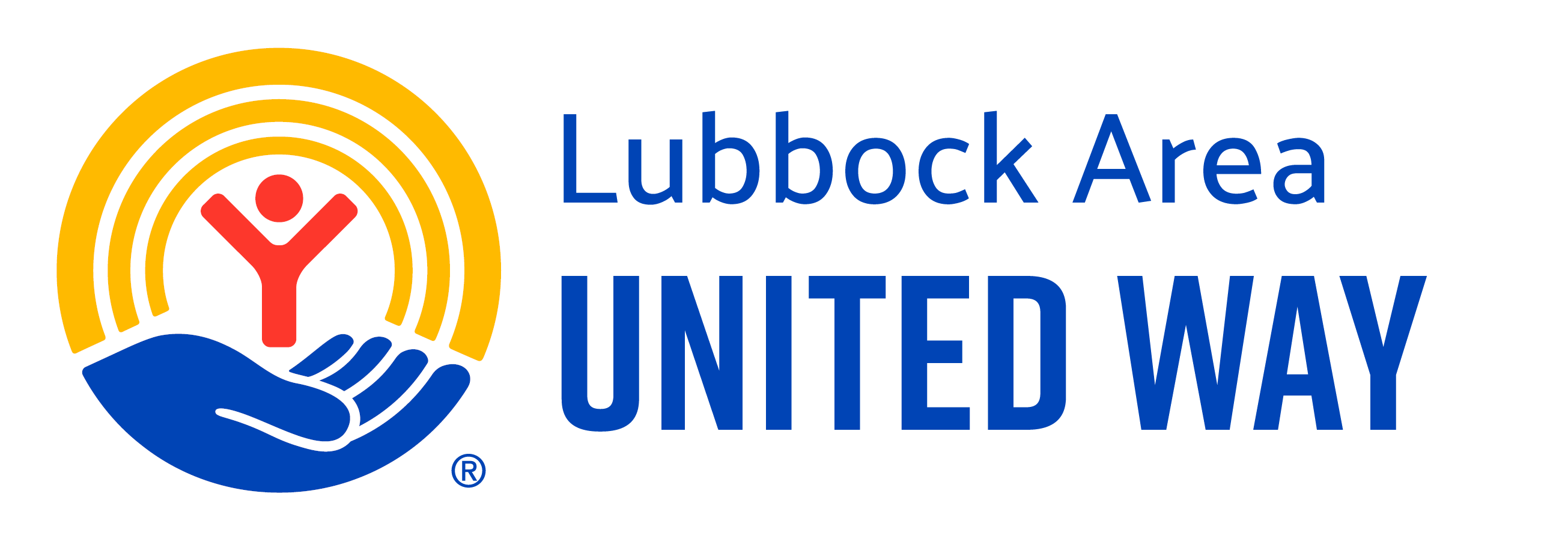New ALICE Report shows pandemic aids temporarily blunted the financial crisis, yet warning signs are on the horizon.
Callout Box: Lubbock Area United Way is collecting audio testimonials from ALICE individuals about the difficult financial choices they continue to face today given the high cost of essentials and ongoing inflation. Voice messages can be recorded at: ALICEvoices.org.
LUBBOCK, TX — The ranks of Lubbock County households unable to afford the basics declined slightly during the first two years of the COVID-19 pandemic, resulting in a total of 54,121 households or 44% struggling to afford the basics by 2021, according to a new report from Lubbock Area United Way and its research partner United For ALICE.
That calculation includes the 21,840 households in poverty as well as another 32,281 families defined as ALICE (Asset Limited, Income Constrained, Employed), earning above the Federal Poverty Level but less than what’s needed to survive in the modern economy. ALICE families have been overlooked and undercounted by traditional poverty measures. ALICE is the nation’s childcare workers, home health aides and cashiers heralded during the pandemic – those working low-wage jobs, with little or no savings and one emergency from poverty.
ALICE in the Crosscurrents: COVID and Financial Hardship in Texas shows that the total number of financially insecure households rose by 1% between 2019 and 2021 across the state. Although there was a slight decrease in financially insecure households in Lubbock County, more households fell under the Federal Poverty Line.
Texas ranked 32nd in financial hardship among all 50 states, with one of the nation’s highest percentages of households struggling to make ends meet in 2021.
While job disruptions and inflation delivered significant financial pain, a combination of pandemic supports and rising wages did help to blunt what could have been a deeper financial crisis, the report finds. However, as some benefits are peeled back, and inflation persists, signs of greater financial stress are on the horizon.
“It could have been so much worse for these families, whose struggle to feed their families, afford health care, and access quality education was often hidden in plain sight until the pandemic,” said United Way Vice President of Community Impact, Amanda McAfee. “Equipped with the ALICE name and data, we can do even better to develop effective policies, invest in solutions, and track our progress toward reducing financial hardship in Lubbock County and the surrounding area. We have an opportunity to build on what was learned during the pandemic as ALICE continues to face economic uncertainty.”
According to the report, for a family of four with an infant and a preschooler, the annual ALICE Household Survival Budget, which is the basic cost needed to live and work in Lubbock County, was $69,432 in 2021. The Child Tax Credit and Child Dependent Care Tax Credit helped to soften the blow, bringing the family Survival Budget down to $68,232.
Even with the variety of temporary pandemic supports available, in 2021, a family of four with two-full time workers earning salaries as a retail salesperson and a cashier – two of the most common occupations in Texas – (fell short of affording the family budget by more than $16,000.
“A positive change during the pandemic was that tax credits, stimulus payments and rental assistance were available for ALICE households and provided strong relief,” said Stephanie Hoopes, Ph.D., United For ALICE National Director. “However, as some of these supports come to an end, growing food insufficiency and other indicators reveal continued stress. Ignoring these warning signs places ALICE, our economy, and the well-being of our communities at great risk.”
Additional report insights include:
- Racial disparities persist in the rates of financial hardship; 62% of Black and 48% of Hispanic households were below the ALICE Threshold in 2021, compared to 39% of White households.
- Single-female-headed households had among the highest rates of hardship. 80% – of Lubbock County’s single-female-headed households could not afford basics in 2021.
- In 2021, 65% of the 20 most common jobs in Texas paid less than $20 per hour. As a result, many of these top jobs still had a substantial percentage of workers who were either ALICE or in poverty in 2021.
- In Federal Reserve surveys, the percentage of respondents who were either ALICE or in poverty reported seeing emergency savings drop from 29% in October 2019 to 27% in November 2021. Meanwhile, those survey respondents who were financially stable saw emergency savings rise from 66% to 74%.
To read the report and access online, interactive dashboards that provide data on financial hardship at the state, county, and local levels, visit United4ALICE.org/ALICECrosscurrents.

